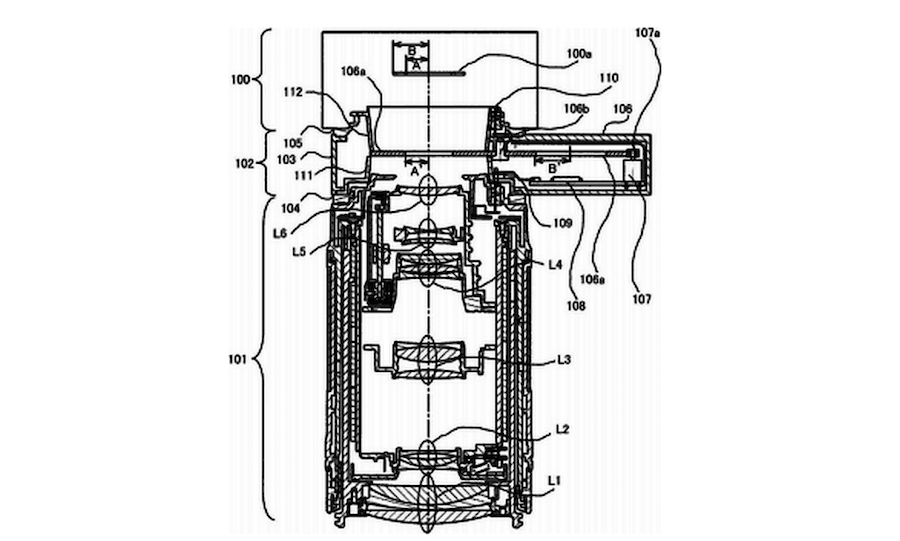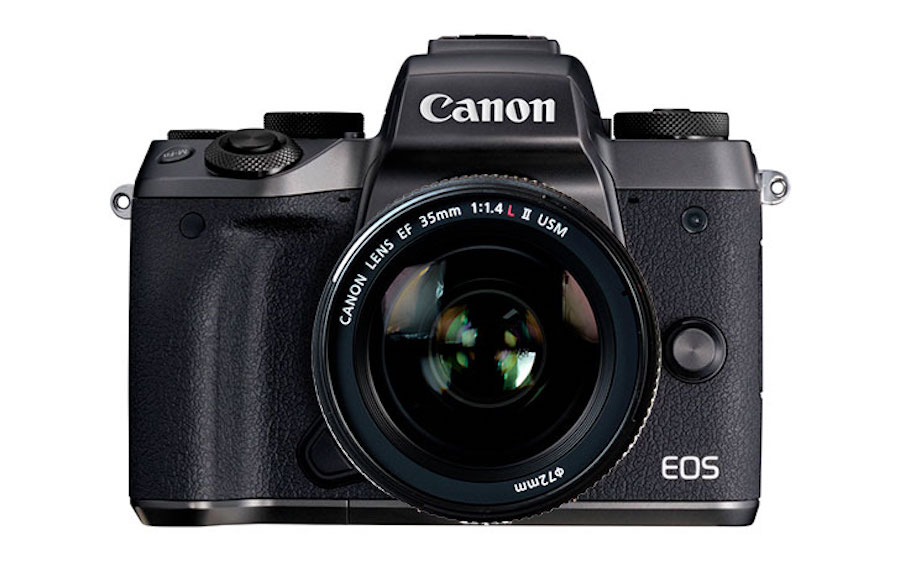
- #CANON BEST MIRRORLESS FRAME CAMERA 1080P#
- #CANON BEST MIRRORLESS FRAME CAMERA PROFESSIONAL#
- #CANON BEST MIRRORLESS FRAME CAMERA SERIES#
Even the Canon RF 24-105mm f/4L that’s available as a kit lens feels unwieldy at 700g. Like the EOS R, there is a bit of a disconnect between the smaller consumer-grade body and the much larger pro-grade lenses that truly dwarf the EOS RP.
#CANON BEST MIRRORLESS FRAME CAMERA PROFESSIONAL#
Canon is clearly setting its sights on the professional market for the EOS R and beyond (the Canon EOS R5 specifications look amazing), so let's hope it doesn't neglect the cost-conscious consumer market in the process.Ĭompared to the full-frame Canon EOS 6D Mark II DSLR (left), the mirrorless Canon EOS RP is incredibly compact at half the size Some of the best Canon RF lenses are also, unfortunately, some of the biggest and most expensive. However, this compactness advantage when paired with smaller lenses becomes a bit of a disadvantage when paired with larger lenses – something of a drawback, when the RF range consists mainly of monsters like the 950g Canon RF 50mm f/1.2L and the 1,430g 28-70mm f/2L. When paired with an appropriate lens, such as the Canon RF 35mm f/1.8 IS Macro STM or an EF 50mm f/1.8 STM with the EF-EOS R Mount Adapter, the camera feels almost as deft and manoeuvrable as a Fujifilm or Olympus mirrorless system. In fact, its closest comparison would be the Canon EOS 800D/ Canon EOS Rebel T7i, which weighs exactly the same body only (but is 532g with battery and card) and measures 131.0 x 99.9 x 76.2mm – much chunkier than the RP’s streamlined 132.5 x 85 x 70mm frame.

Weighing just 485g including a battery and memory card, it’s 175g lighter than the EOS R and 280g lighter than the EOS 6D Mark II. Shot on the Canon EOS RP with Canon RF 24-105mm f/4 IS USM (1/1000 sec, f/4, ISO200) Build and handlingĪrguably the most impressive thing about the Canon EOS RP is its tiny form factor. Canon says that Dual Sensing IS is good for five stops of stabilization. This data is fed back into the optical IS unit to instruct it to move correctly to eliminate as much movement as possible – particularly low frequency movement, which is notoriously difficult to correct (stabilisation typically ignores minor vibration, so that it isn’t confused with breathing or small panning adjustments). The system uses the gyroscope built into these lenses to detect lens movement, working in conjunction with the CMOS sensor and the Digic 8 processor to detect subject movement. It does, however, employ Canon’s Dual Sensing IS technology when combined with RF lenses (such as the six new RF lenses that have just been announced). This is where Canon's EOS R system is currently at a serious disadvantage against rival cameras from Sony, Nikon and Panasonic. The RP, like the EOS R, doesn’t have in-body image stabilisation.
#CANON BEST MIRRORLESS FRAME CAMERA SERIES#
The result is a series of images that can be merged to extend depth of field, though unfortunately the RP doesn’t do this in-camera – you will need to download the new version of Digital Photo Professional or do it manually in Photoshop, for example. It’s a semi-automated focus stacking mode where you tell the camera how many images you want to take, and it then captures each one while moving the focus point between shots. However, it does possess a few useful new tricks up its sleeve – such as Focus Bracketing, which is a useful macro feature found on other systems but one that Canon has never attempted before. The Canon EOS RP doesn’t have a lot of “killer app” features, since it was designed to be an entry level version of the EOS R. Shot on the Canon EOS RP with Canon RF 35mm f/1.8 IS Macro STM (1/250 sec, f/3.5, ISO400)
#CANON BEST MIRRORLESS FRAME CAMERA 1080P#
In 1080p it can shoot up to 50fps, without a crop and with the benefit of Dual Pixel autofocus. The EOS RP can shoot in 4K up to 25fps, but loses Dual Pixel CMOS AF and suffers about a 1.76x crop when doing so. Servo AF now supports Face Tracking with Eye AF, which was a bit of a glaring omission on the EOS R, along with single point Spot AF, which is something else that has been transplanted from the 6D Mark II.


These are split into 143 zones in the auto AF mode. The AF coverage is 88% x 100% on the sensor, providing a mammoth 4,779 autofocus positions. It will autofocus down to -5EV, and Canon makes the Familiar Manufacturer’s Claim™ that it possesses “the world's fastest AF speed” of 0.05 seconds. The RP has the same ISO100-40,000 (expandable to 102,400) range as the EOS 6D Mark II, along with Dual Pixel CMOS AF. It has been optimised to work with a mirrorless system and to accommodate the difference in the flange back distance of the RF mount, but essentially it’s the same sensor. The EOS RP is powered by the new Digic 8 processor, but its 26.2MP sensor is almost exactly the same as the one inside the EOS 6D Mark II.


 0 kommentar(er)
0 kommentar(er)
